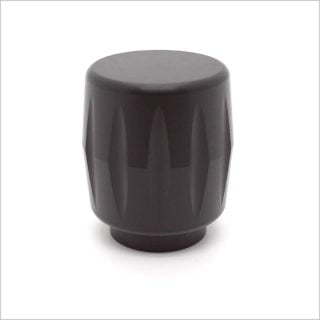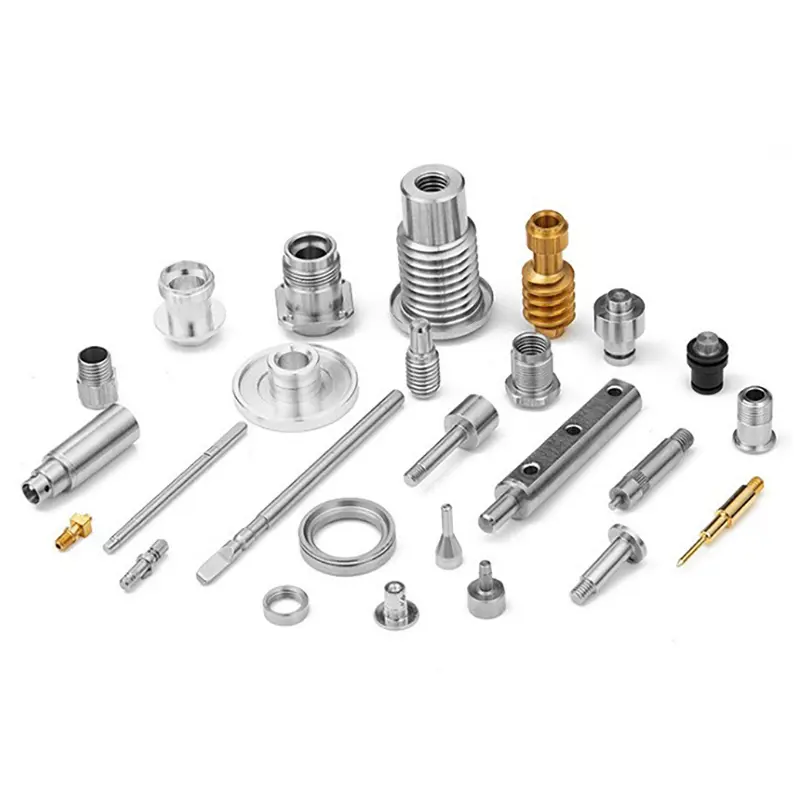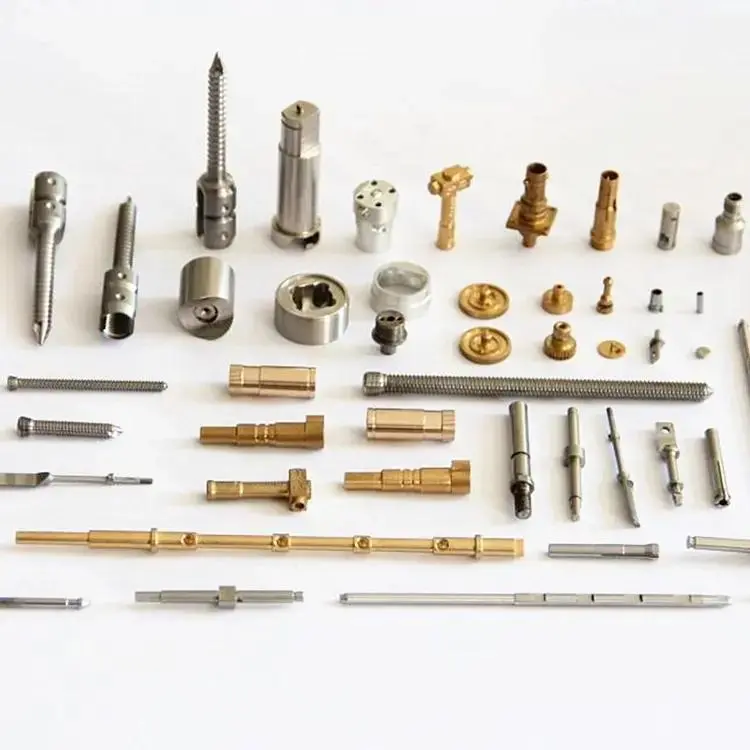How Aerospace Machined Parts are Revolutionizing the Aviation Industry
Published Time:
2025-10-12
How Aerospace Machined Parts are Revolutionizing the Aviation Industry
Table of Contents
- Introduction to Aerospace Machined Parts
- The Role of Machined Parts in Aviation
- Precision Engineering in Aerospace Manufacturing
- Advanced Materials and Their Impact on Machined Parts
- Benefits of Aerospace Machined Parts
- Case Studies: Success Stories in the Aviation Sector
- Future Trends in Aerospace Machining Technology
- Challenges and Solutions in Aerospace Machining
- Conclusion: The Future of Aviation with Machined Parts
- Frequently Asked Questions (FAQs)
Introduction to Aerospace Machined Parts
Aerospace machined parts play a critical role in the aviation industry, serving as the backbone of aircraft functionality and performance. With the increasing demand for safer, more efficient, and reliable air travel, the significance of these components has never been more pronounced. In this article, we will delve into how aerospace machined parts are revolutionizing the aviation industry by enhancing safety, reducing costs, and facilitating innovation.
The Role of Machined Parts in Aviation
Machined parts are precision-engineered components made from various materials to meet specific performance criteria. In aviation, these parts are essential for manufacturing engines, airframes, landing gear, and various systems that ensure an aircraft operates smoothly. The evolution of aerospace machined parts has led to significant advancements in:
- **Weight Reduction**: Utilizing lighter materials and designs has improved fuel efficiency and payload capacity.
- **Increased Safety**: High precision and quality control minimize the risks of mechanical failures.
- **Enhanced Performance**: Components tailored for specific operational conditions optimize aircraft performance.
Precision Engineering in Aerospace Manufacturing
Precision engineering is the foundation of aerospace manufacturing. The process involves using advanced technologies, including CNC (Computer Numerical Control) machining, to produce parts with incredible accuracy. This not only ensures a perfect fit within complex assemblies but also facilitates:
- **Minimal Tolerances**: Reducing the gap between parts improves aerodynamic efficiency.
- **Customization**: Tailoring components to meet specific aircraft requirements enhances operational capabilities.
- **Rapid Prototyping**: Technologies such as 3D printing allow for fast iterations and testing of new designs.
With precision engineering, the aviation industry can continuously innovate and improve aircraft designs, resulting in better performance and safety.
Advanced Materials and Their Impact on Machined Parts
The use of advanced materials in aerospace machined parts has transformed the way aircraft are designed and built. Aerospace manufacturers are now employing materials such as titanium, carbon fiber composites, and superalloys. These materials offer unique benefits, including:
- **High Strength-to-Weight Ratio**: Essential for enhancing performance without compromising structural integrity.
- **Corrosion Resistance**: Critical for longevity and safety, especially in harsh flight environments.
- **Thermal Stability**: Important for components exposed to extreme temperatures, particularly engine parts.
The integration of advanced materials not only contributes to aircraft efficiency but also enables more sustainable aviation practices.
Benefits of Aerospace Machined Parts
The adoption of aerospace machined parts brings forth numerous advantages that positively impact the aviation industry:
1. **Cost Efficiency**: Reducing manufacturing costs through optimized machining processes and material usage.
2. **Enhanced Reliability**: High-quality standards decrease maintenance needs and extend the lifecycle of components.
3. **Improved Performance**: Custom-engineered parts deliver superior functionality, resulting in better flight experiences.
4. **Sustainability**: Utilizing lighter materials and precision manufacturing lowers fuel consumption and emissions.
These benefits collectively position aerospace machined parts as a vital asset for aviation stakeholders aiming to enhance operational efficiency and sustainability.
Case Studies: Success Stories in the Aviation Sector
To illustrate the transformative power of aerospace machined parts, let's explore a few notable case studies within the aviation sector:
- **Boeing's 787 Dreamliner**: The use of advanced composite materials and precision-machined components in the 787 Dreamliner has significantly reduced its weight, improving fuel efficiency by up to 20% compared to its predecessors.
- **Airbus A350 XWB**: This aircraft features innovative titanium and aluminum machined parts that enhance structural integrity while minimizing the overall weight, improving operational efficiency.
- **General Electric's LEAP Engine**: Featuring advanced ceramics and precision machined components, the LEAP engine has become one of the most fuel-efficient engines in commercial aviation, showcasing the impact of technology on performance.
These cases highlight the vital role that machined parts play in modern aircraft design and performance.
Future Trends in Aerospace Machining Technology
As the aviation industry continues to evolve, several trends in aerospace machining technology are emerging:
- **Automation and Robotics**: The integration of robotics in machining processes is increasing efficiency and reducing human error.
- **Additive Manufacturing**: 3D printing technologies are revolutionizing the creation of complex component geometries that were previously impossible with traditional methods.
- **Smart Manufacturing**: Utilizing data analytics and IoT (Internet of Things) for real-time monitoring and optimization of machining processes.
These trends indicate a future where aerospace machined parts will become even more efficient, reliable, and integral to the aviation industry.
Challenges and Solutions in Aerospace Machining
Despite the advancements, the aerospace machining sector faces several challenges, including:
1. **Material Limitations**: Some advanced materials can be difficult to machine, requiring specialized tools and techniques.
2. **Quality Control**: Ensuring consistency in part production is critical and can be challenging with complex geometries.
3. **Cost Pressures**: Balancing innovation with budget constraints is a constant challenge for manufacturers.
To address these challenges, the industry is focusing on:
- Investing in R&D to develop new machining techniques and materials.
- Implementing stricter quality assurance protocols to maintain high standards.
- Collaborating with tech companies to embrace automation and smart technologies.
These proactive measures are essential for overcoming obstacles and driving continued innovation in aerospace machining.
Conclusion: The Future of Aviation with Machined Parts
Aerospace machined parts are revolutionizing the aviation industry by enhancing performance, safety, and efficiency. As technology continues to advance, the potential for innovation within aerospace machining is limitless. Manufacturers must embrace emerging technologies and advanced materials to stay competitive and meet the demands of a rapidly evolving market. The future of aviation relies on the precision, quality, and reliability provided by aerospace machined parts, making them indispensable in the quest for better, safer, and more efficient air travel.
Frequently Asked Questions (FAQs)
1. What are aerospace machined parts?
Aerospace machined parts are precision-engineered components made from various materials specifically designed for use in aircraft manufacturing and maintenance.
2. How do aerospace machined parts improve safety in aviation?
By ensuring high precision and adhering to strict quality control standards, these parts minimize the risk of mechanical failure, enhancing overall flight safety.
3. What materials are commonly used in aerospace machined parts?
Common materials include titanium, aluminum, stainless steel, and advanced composites, each chosen for their unique properties that benefit aircraft performance.
4. How has technology impacted aerospace machining?
Advancements such as CNC machining, 3D printing, and automation have increased the efficiency, precision, and customization of aerospace machined parts.
5. What are the future trends in aerospace machining technology?
Future trends include greater automation, increased use of additive manufacturing, and the implementation of smart technologies for real-time process optimization.
In summary, the continued evolution of aerospace machined parts is set to shape the future of aviation, driving innovations that enhance safety, performance, and sustainability.
Previous Page
Previous Page
NewsCenter
Beijing Pafinal Precision Machinery Co., Ltd.
Email:sales@pafinal.com

Address: No. 239 Huanhe South Road, Tianjin Pilot Free Trade Zone (Airport Economic Zone), Tianjin
中企跨境-全域组件
制作前进入CSS配置样式
sales@pafinal.com:
Whatsapp:
在线客服添加返回顶部
图片alt标题设置: PAFINAL
表单验证提示文本: Content cannot be empty!
循环体没有内容时: Sorry,no matching items were found.
CSS / JS 文件放置地




 2025-10-12
2025-10-12


